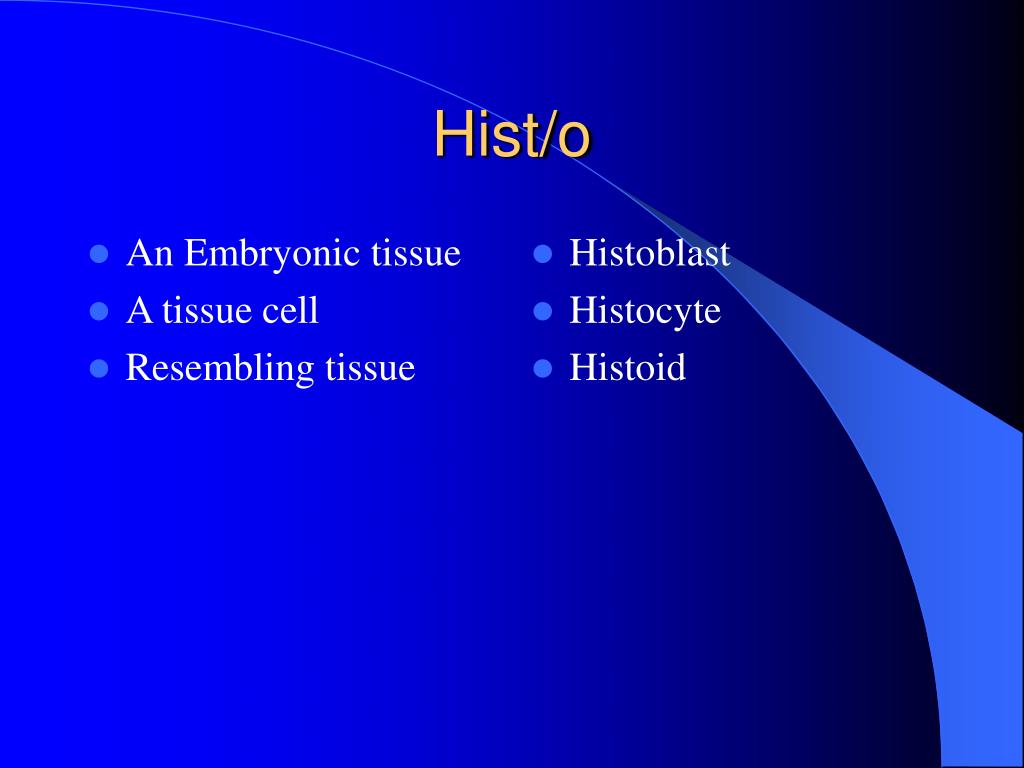


It helps to reduce the number of times you need to pass urine and reduce urgency. The organ in the pelvis which stores urine before it is passed out through the urethra.Ī way of teaching your bladder to hold more urine. Affected babies may not breathe normally and may have a low heart rate. When a baby has experienced a reduced level of oxygen around the time of birth. The taking of a small sample of tissue for examination. Intrahepatic cholestasis of pregnancy (obstetric cholestasis) is where you have a build up of bile acids in your body. Usually the uterus would be pear-shaped.īile acids are made in your liver and they help you to digest fat and fat soluble vitamins. It is not sexually transmitted and does not affect men.Ī heart-shaped uterus. It is caused by an imbalance in the types of bacteria in the vagina. Tiny organisms that may cause certain infections.Ī very common vaginal infection which results in discharge and soreness. When the body produces antibodies which react against the body’s own tissues. See also: intrauterine insemination, in vitro fertilisation, intracytoplasmic sperm injection, donor insemination. Treatments to help people conceive a baby. When special instruments ( forceps or ventouse) are used to help deliver the baby during the pushing part of labour.Īssisted conception/assisted reproductive techniques (ART) (instrumental birth/operative vaginal delivery) The opening of the rectum to the outside of the body. See also HAART, HIV and retrovirus.ĭrugs which relieve cramps or spasms of the stomach, intestines, bladder and womb ( uterus). Medicines used to block the action of retroviruses (such as the HIV/AIDS virus) and the progress of infection. Medicines to stop or reduce swelling and redness. Medicines to reduce clotting in the blood vessels.Ī substance in the blood that helps trigger the immune system to develop antibodies. Medicines to fight an infection caused by bacteria.īlood protein that helps fight attacks on the immune system, such as those caused by bacteria and viruses.

It can increase your risk of blood clots and of pregnancy complications such as recurrent miscarriage or stillbirthĪntibiotic drugs used in cancer chemotherapy. The muscle around the anus that is squeezed to prevent passing wind or opening the bowels involuntarily.Īnaphylaxis is a severe and potentially life-threatening allergic reaction that needs immediate treatment.Ī condition caused by your immune system mistakenly attacking healthy cells in your body. It can also cause your heart to beat faster.Ī doctor trained to administer anaesthetics. It can be mild or severe and can cause tiredness, breathlessness, fainting, headaches.

It is sometimes also called "the membranes".Ī condition when the level of haemoglobin, the protein in blood which carries oxygen round the body, is lower than normal. The pregnancy sac containing the baby and the amniotic fluid. The watery liquid surrounding and protecting the growing fetus in the uterus. It can be carried out after the 15th week of pregnancy, and can detect some conditions, like Down syndrome. Scars that connects two or more body structures together.Ī way of testing the fluid surrounding a baby in the womb by taking a small sample with a needle put into the womb through the abdomen. 11, 2022.The tummy area from the lower ribs to the pelvis.Įnding a pregnancy using either medicines ( medical abortion) or an operation ( surgical abortion).Įndometriosis in the muscle wall of the uterus. This report by The Canadian Press was first published Oct. It says wait times for treatment in Ontario - including surgeries - are currently longer than provincial guidelines, which is leading to poorer health outcomes, and also increased anxiety among patients. The associations says survival rates of women with breast cancer decline if the detection of the disease is delayed. It says about half of breast cancer cases diagnosed at the Ottawa Hospital before the pandemic were detected through mammogram screening, but that number decreased to less than one-third during the pandemic.Ībout 71 per cent of patients were diagnosed at the Ottawa Hospital after presenting with symptoms of breast cancer during COVID-19. TORONTO - The Ontario Medical Association says about 400,000 fewer mammograms to screen for breast cancer were performed in the province during the pandemic than forecasted.Īlthough screenings have returned to normal levels, the organization is warning that the temporary decrease in testing has led to cases of breast cancer that were more advanced at the time of diagnosis – prompting concern that there are undiagnosed cases in Ontarians.


 0 kommentar(er)
0 kommentar(er)
